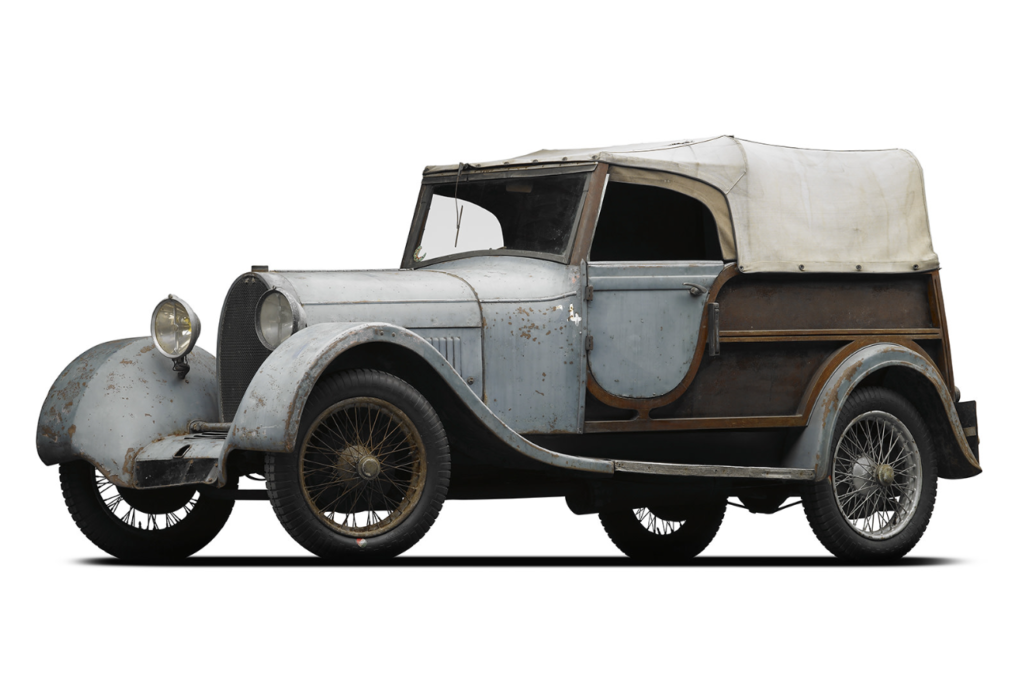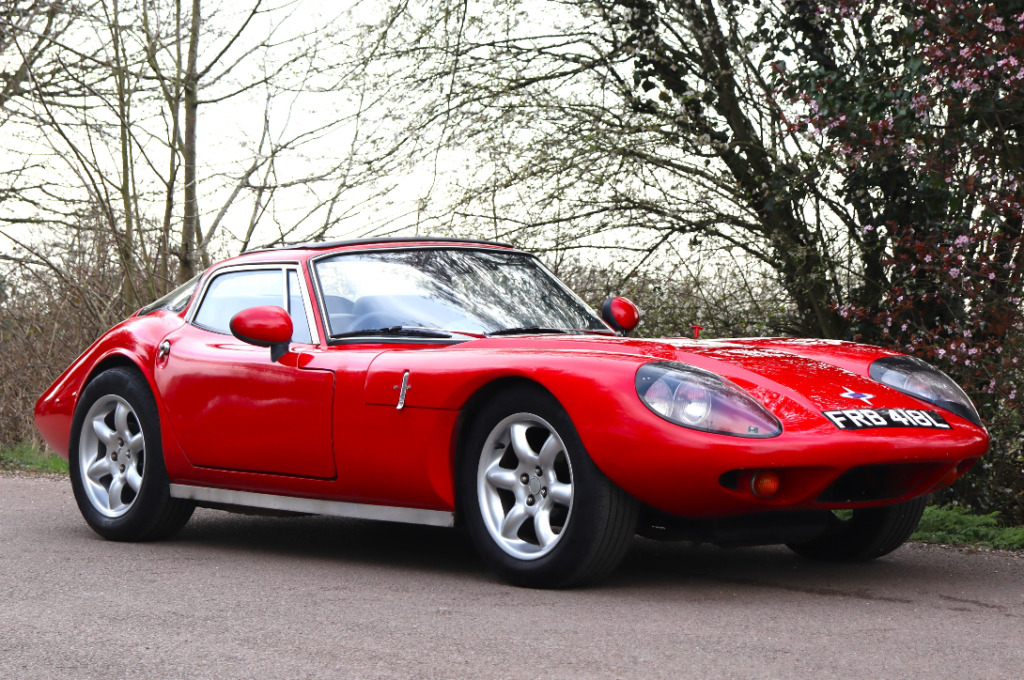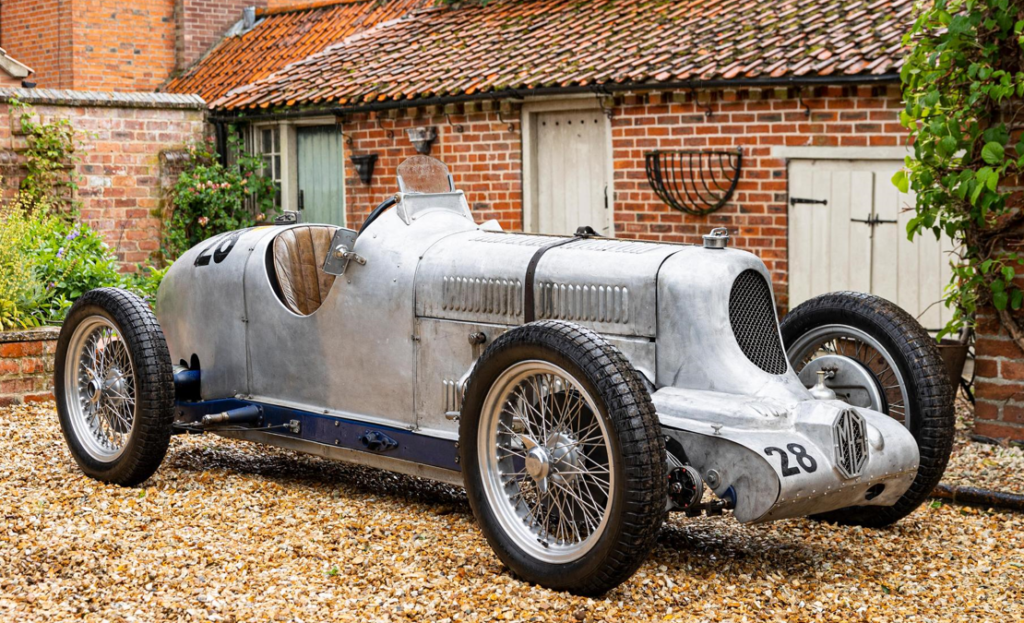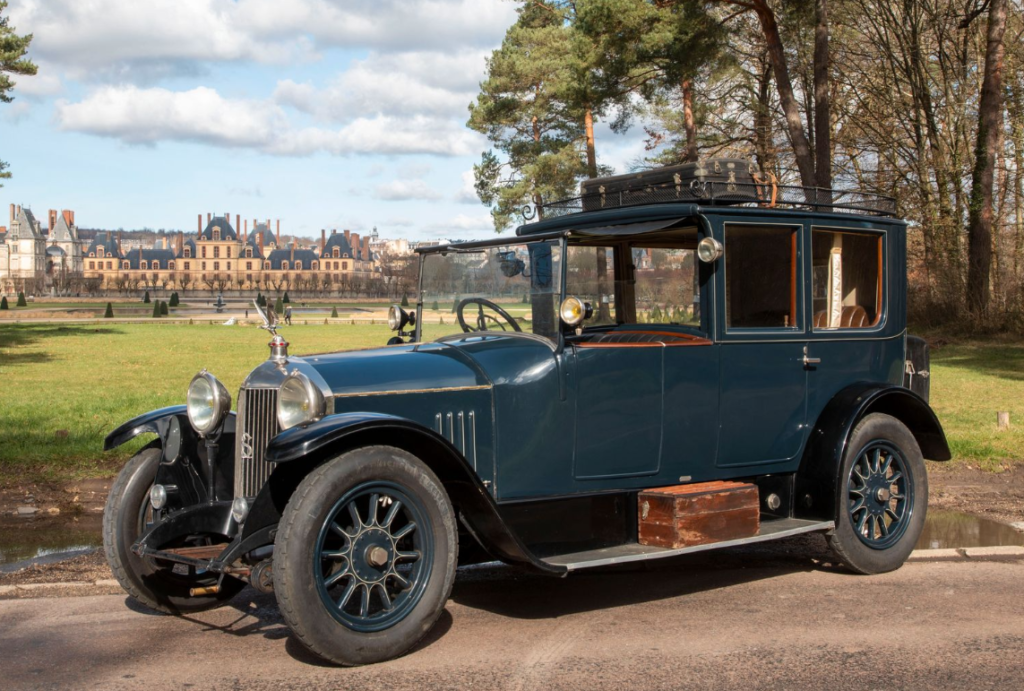1913 Bedelia Type 8 Sport Torpedo
Offered by Gooding & Company | April 2024
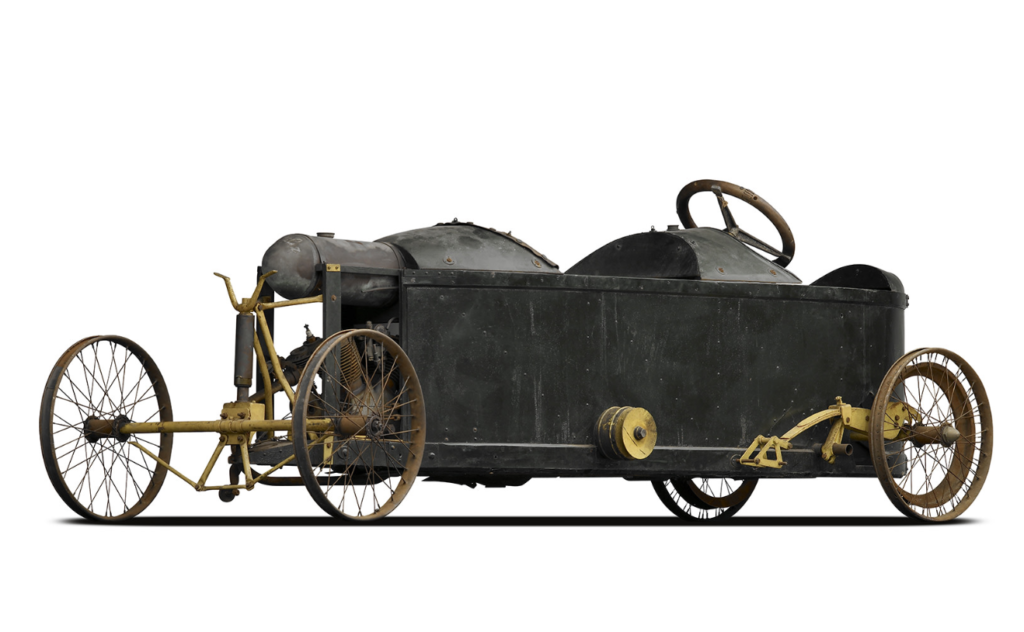
Bedelia was a French marque that existed between 1910 and 1925. Prime time for cyclecars, which were light, low-powered cars that were cheap and efficient. They were a fad, really. And one that never came back. They were kind of like the proto-microcar.
Some of them featured tandem seating like this car. In today’s world, being positioned behind your passengers as the driver seems insane. The car features a V-twin engine turned to the side, unlike a Morgan of the same era.
This is another car that was acquired by the Mullin museum from as part of the Schlumpf reserve collection. It’s a project, but finding another one isn’t going to be easy (they’re out there, though). The estimate is $10,000-$20,000. More info can be found here.

